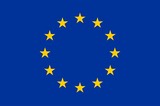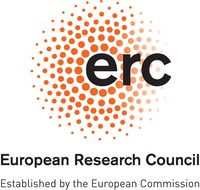The presence of SSA and the role of COS in its formation have been postulated by Junge and Crutzen [Junge, 1966; Crutzen, 1976]. It is generally assumed that the layer of SSA at 15–50 km altitude is maintained by both COS and by SO2 injected from intermittent explosive volcanoes (see Figure 1, taken from [Kremser et al., 2016]). Through this mechanism volcanoes are responsible for intermittent cooling of the Earth climate [Robock, 2000; Ridley et al., 2014; Santer et al., 2014; Brühl et al., 2015; Kremser et al., 2016]. A recent community science position paper [ESF et al., 2015] states that threats from low-frequency large volcanic eruptions are grossly underestimated. The present civilization has not been exposed to an eruption comparable to the most extreme events that occurred during the Holocene. As an example, the stratospheric cloud from the eruption of Mt Tambora in 1815 caused a global climate anomaly and the year 1816 became known as the “year without a summer”. Crops failed and livestock died in much of the Northern Hemisphere, resulting in the worst famine of the 19th century. Also related to climate, stratospheric geoengineering by injecting SSA has been suggested a means to manipulate the climate system to counteract anthropogenic global warming [Xia et al., 2016]. Obviously, understanding the formation, composition, and climate effects of SSA is crucial for assessing climate and its vulnerability.
A recent overview paper [Kremser et al., 2016] (see Figure) discussed recent advances in our understanding. Concerning COS the paper concludes: “a more complete understanding of the tropospheric COS budget is necessary to predict what might occur as a response to future changes in climate”, highlighting again the connection between COS and climate. The role of COS in the formation of Stratospheric Sulfate Aerosol (SSA) is depicted in the following figure.
(from [Kremser et al., 2016]). Schematic of the relevant processes that govern the stratospheric aerosol life cycle and distribution. The large blue arrows indicate the large-scale circulation, while the red arrows indicate transport processes. The black arrows indicate chemical conversions between compounds. The different chemical species are marked as either gas phase (grey triangle) or aqueous phase (blue drop). For further information see: [Kremser et al., 2016]. TTL = Tropical Tropopause Layer. Note that different authors use either OCS or COS to abbreviate carbonyl sulphide. This proposal uses COS.

